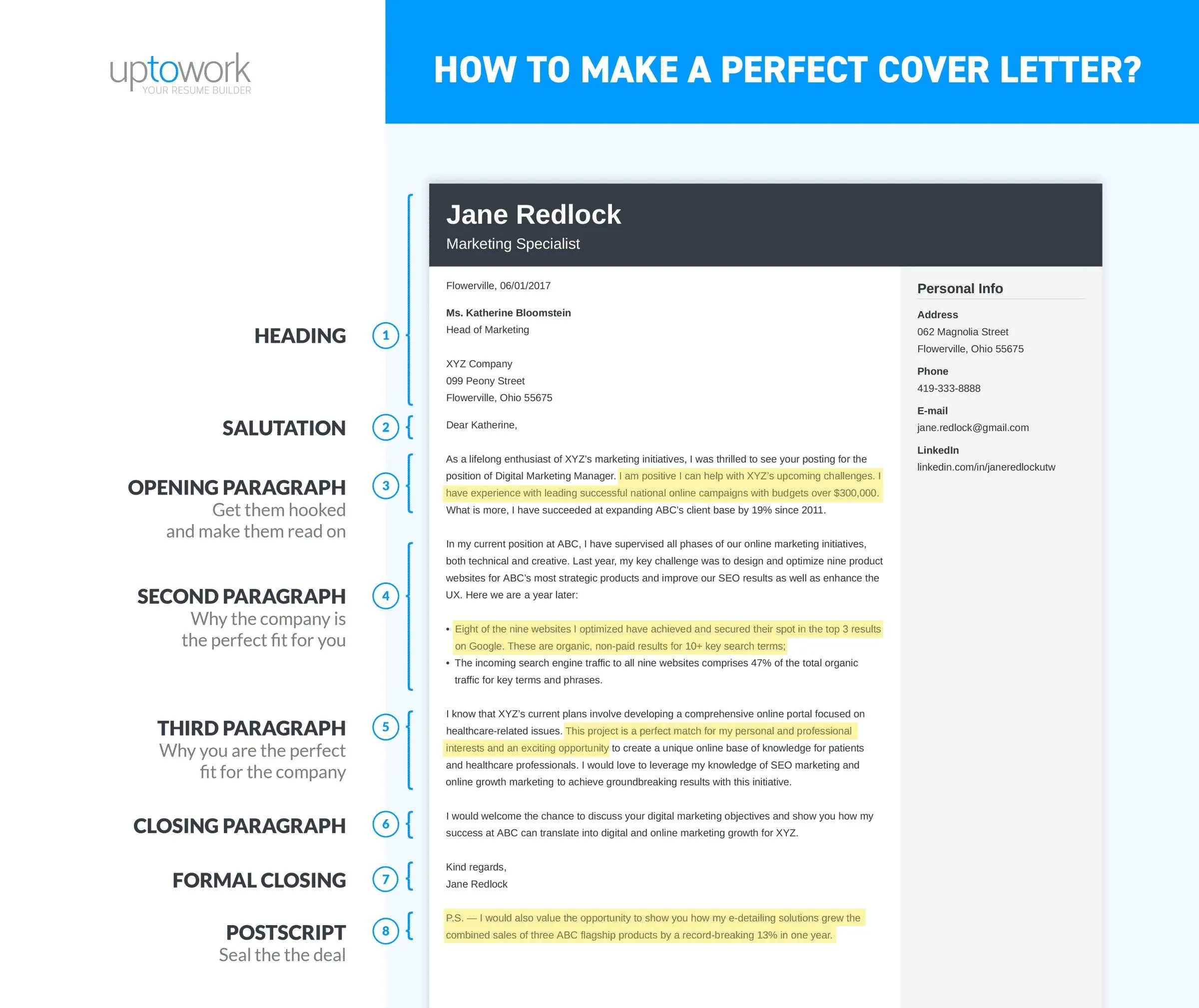Understanding Website Traffic
Website traffic is a critical metric for any online business or venture. It represents the number of visitors who come to your website, and a higher number of visitors generally indicates a higher chance of conversions, leads, and sales. However, understanding the sources and quality of your traffic is just as important as the quantity. This guide will delve into the various strategies you can employ to significantly increase your website traffic, ensuring that you not only attract more visitors but also the right kind of visitors who are interested in what you offer. This involves optimizing various aspects of your online presence, from SEO to content creation and beyond, to make your website more visible and appealing to potential customers.
What is Website Traffic
Website traffic refers to the total number of visits your website receives over a given period. Each visit is counted as a session, and these sessions are usually tracked by analytics tools like Google Analytics. Traffic is typically broken down by various metrics, including the number of users, page views, bounce rate, and average session duration. Understanding these metrics helps you analyze user behavior and the effectiveness of your strategies. Moreover, traffic can be categorized based on its source—such as organic search, direct traffic, referral traffic, social media, and paid advertising. Each source provides different insights and allows you to tailor your efforts based on where your visitors are coming from and how they are interacting with your site.
Why Website Traffic Matters

Website traffic is the lifeblood of any online business. Without traffic, your website is like a shop with no customers. More traffic typically translates to greater brand awareness, more leads, and increased sales. Higher traffic volume provides more opportunities to convert visitors into customers, subscribers, or whatever your desired action may be. Furthermore, website traffic also plays a crucial role in search engine rankings. Search engines like Google use traffic and engagement metrics as signals to assess the relevance and quality of your content. Websites with high traffic and positive user engagement tend to rank higher in search results, further boosting visibility and traffic in a positive feedback loop. Therefore, focusing on increasing traffic is essential for overall online success.
On-Page SEO Optimization for Traffic
On-page SEO involves optimizing elements within your website to improve search engine rankings. This includes optimizing your title tags, meta descriptions, header tags (H1-H6), image alt tags, and content. Keyword research is a fundamental part of on-page SEO. You need to identify relevant keywords that your target audience is using to search for information related to your business. Incorporating these keywords naturally into your content, titles, and descriptions helps search engines understand what your website is about, leading to better rankings. Moreover, internal linking—linking to other relevant pages on your website—helps search engines crawl your site effectively and improves user experience, which also positively impacts SEO and traffic.
Keyword Research
Keyword research is the foundation of any successful SEO strategy. It involves identifying the terms and phrases your target audience uses when searching for information related to your products or services. Effective keyword research goes beyond just identifying popular keywords; it also requires analyzing the search intent behind those keywords and understanding the competition. Tools like Google Keyword Planner, SEMrush, and Ahrefs can help you identify relevant keywords, assess their search volume, and analyze the level of competition. Focus on a mix of high-volume, competitive keywords and long-tail keywords (longer, more specific phrases) to capture a broader range of search queries and attract qualified traffic.
Content Optimization

Content optimization is critical for both user experience and SEO. Ensure your content is well-written, easy to read, and provides value to your audience. Optimize your content with relevant keywords, but avoid keyword stuffing, which can harm your search rankings. Use headings, subheadings, and bullet points to break up the text and make it scannable. Optimize images by using descriptive alt text and compressing them to ensure they load quickly. Regularly update your content to keep it fresh and relevant. Updated content signals to search engines that your site is active and up-to-date, which can lead to improved rankings and increased organic traffic. High-quality content is one of the most important factors in improving website traffic.
Technical SEO
Technical SEO is the backbone of a well-optimized website. It focuses on improving the technical aspects of your site to make it easier for search engines to crawl and index your content. This includes ensuring your site is mobile-friendly, has a fast loading speed, and has a clear site structure with a well-organized XML sitemap. Optimize your website’s URL structure to be clean and descriptive, which helps both users and search engines understand your content. Fix any broken links, which can hurt user experience and SEO. Implement structured data markup (schema) to provide search engines with more information about your content, potentially leading to rich snippets in search results and improved click-through rates.
Off-Page SEO Strategies
Off-page SEO involves activities that take place outside of your website to improve your search engine rankings and increase traffic. The primary goal is to build your website’s authority and reputation. This is usually done through activities like link building, social media promotion, and brand mentions. A strong off-page SEO strategy signals to search engines that your website is a valuable resource, making it more likely to rank higher in search results. Focus on earning high-quality backlinks from reputable websites, engaging in social media marketing, and building relationships with influencers and other website owners in your industry.
Building High-Quality Backlinks

Building high-quality backlinks is one of the most effective off-page SEO strategies. Backlinks are links from other websites to your website, and they act as a vote of confidence, signaling to search engines that your content is valuable and trustworthy. Focus on earning backlinks from authoritative and relevant websites in your niche. Avoid black-hat techniques like buying links or participating in link farms, as these practices can result in penalties from search engines. Effective strategies for building backlinks include creating high-quality content that naturally attracts links, guest blogging, participating in industry forums, and reaching out to other website owners to request links.
Social Media Marketing
Social media marketing is a powerful way to drive traffic to your website. By creating engaging content and promoting it on social media platforms, you can reach a wider audience and attract visitors to your site. Choose the social media platforms that are most relevant to your target audience, and tailor your content accordingly. Share your blog posts, articles, and other valuable content to drive traffic back to your website. Engage with your audience by responding to comments, answering questions, and running contests or promotions. Use social media to build brand awareness, establish authority, and foster a community around your brand, leading to increased traffic and engagement.
Content Marketing to Drive Traffic
Content marketing is a strategic approach focused on creating and distributing valuable, relevant, and consistent content to attract and engage a target audience. This strategy aims to drive profitable customer action. Content marketing is an extremely effective way to increase website traffic. By creating valuable content, you can attract more visitors to your website, increase brand awareness, and establish yourself as an authority in your industry. The key is to provide content that is helpful, informative, and engaging to your target audience. This can include blog posts, articles, videos, infographics, and more.
Creating Engaging Content

Creating engaging content is crucial for attracting and retaining visitors to your website. Your content should be relevant to your target audience’s interests, needs, and pain points. Focus on creating content that provides value, whether it’s through informative articles, helpful tutorials, or entertaining videos. Use various content formats to keep your audience engaged, such as blog posts, infographics, videos, and interactive quizzes. Optimize your content for readability by using clear language, headings, subheadings, and bullet points. Include high-quality images and videos to make your content visually appealing. Regularly update your content to keep it fresh and relevant, which will also keep your audience coming back for more.
Promoting Your Content
Promoting your content is just as important as creating it. Even the best content won’t drive traffic if no one knows about it. Share your content on social media platforms, email newsletters, and other relevant channels. Engage with your audience by responding to comments, answering questions, and participating in relevant discussions. Build relationships with other bloggers and influencers in your industry and ask them to share your content. Consider using paid advertising to promote your content and reach a wider audience. Track your content promotion efforts and analyze the results to see what’s working and what’s not. Tailor your promotion strategy based on the performance of your content and the feedback you receive from your audience.
Paid Advertising for Immediate Results
Paid advertising can be a powerful way to drive immediate traffic to your website. Unlike organic search, which takes time to build, paid advertising allows you to reach your target audience instantly. Platforms like Google Ads and social media advertising platforms offer precise targeting options, allowing you to show your ads to the people most likely to be interested in your products or services. While paid advertising requires an investment, it can provide a quick boost in traffic, leads, and sales, especially when combined with a strong SEO strategy. However, it’s crucial to track your ad performance and optimize your campaigns to ensure a positive return on investment.
Google Ads

Google Ads (formerly Google AdWords) is one of the most popular paid advertising platforms. It allows you to create text-based ads that appear in Google search results and on websites that are part of the Google Display Network. With Google Ads, you can target specific keywords, demographics, and interests to reach your ideal audience. It’s crucial to conduct thorough keyword research and create compelling ad copy that entices users to click on your ads. Track your campaign performance using Google Ads’ reporting tools and make adjustments to your bids, keywords, and ad copy to optimize your campaigns for conversions and a good return on investment. A well-managed Google Ads campaign can deliver a significant amount of targeted traffic to your website quickly.
Social Media Ads
Social media advertising is another effective way to drive traffic to your website. Platforms like Facebook, Instagram, Twitter, and LinkedIn offer robust advertising options that allow you to target specific demographics, interests, and behaviors. Social media ads can be used to promote your content, drive traffic to your website, and generate leads. Create visually appealing ads that capture attention and highlight the benefits of your products or services. Experiment with different ad formats, such as image ads, video ads, and carousel ads. Use social media analytics to track your campaign performance and make adjustments to your targeting and ad creative to optimize your results. Effective social media ads can help you reach a wider audience and drive targeted traffic to your website.
Analyzing and Measuring Your Traffic
Analyzing and measuring your website traffic is essential for understanding the effectiveness of your strategies and making data-driven decisions. By tracking key metrics, you can identify what’s working, what’s not, and where you need to make improvements. This allows you to optimize your efforts and achieve better results over time. There are many tools available to help you track your website traffic and analyze your data. The most important one is Google Analytics, a free and powerful web analytics service that provides in-depth insights into your website traffic.
Using Google Analytics

Google Analytics is the industry standard for website analytics. It provides comprehensive data on your website traffic, including the number of visitors, page views, bounce rate, average session duration, and traffic sources. You can use Google Analytics to identify which pages are most popular, how users are interacting with your website, and where your traffic is coming from. Set up goals to track conversions, such as form submissions, purchases, and downloads. Regularly review your Google Analytics data to monitor your traffic trends, identify areas for improvement, and measure the effectiveness of your strategies. The data from Google Analytics is invaluable for understanding your audience and optimizing your website for better performance.
Identifying Traffic Sources
Understanding your traffic sources is crucial for optimizing your marketing efforts. Google Analytics provides detailed information on where your traffic is coming from, including organic search, direct traffic, referral traffic, social media, and paid advertising. Organic search traffic comes from search engines like Google when people search for keywords related to your business. Direct traffic refers to visitors who type your website address directly into their browser or click on a saved bookmark. Referral traffic comes from links on other websites. Social media traffic comes from links shared on social media platforms. Paid advertising traffic comes from your paid advertising campaigns. Analyzing your traffic sources can help you determine which marketing channels are most effective and where you should focus your efforts.
Improving User Experience
Improving the user experience (UX) on your website is vital for keeping visitors engaged and encouraging them to stay longer, explore more pages, and convert. A website with a poor UX can lead to high bounce rates, low conversion rates, and ultimately, less traffic. Make sure your website is easy to navigate, with a clear menu structure and internal linking. Ensure your website is visually appealing, with a clean design, attractive imagery, and consistent branding. Your website should be easy to read and understand, with clear headings, subheadings, and concise content. Moreover, optimize your website for mobile devices, as a significant portion of your visitors will be browsing on their phones or tablets. Test your website on different devices and browsers to ensure a seamless user experience.
Website Speed Optimization
Website speed is a critical factor in user experience and search engine rankings. A slow-loading website can frustrate visitors, leading to high bounce rates and lower search rankings. Optimize your website’s speed by compressing images, minimizing code, and leveraging browser caching. Use a content delivery network (CDN) to serve your website content from servers closer to your visitors. Choose a reliable web hosting provider and ensure your website is running on a fast server. Test your website’s speed using tools like Google PageSpeed Insights and GTmetrix and make improvements based on the recommendations. A fast-loading website not only improves user experience but also boosts your SEO and increases your traffic.
Mobile-Friendly Design
With the increasing use of smartphones and tablets, having a mobile-friendly website is essential. A responsive design ensures your website looks and functions well on all devices, regardless of screen size. Ensure your website’s content is readable on mobile devices, with text that is easy to see and navigation that is intuitive. Use a mobile-first approach when designing your website, which means designing for mobile devices first and then adapting for larger screens. Test your website on various mobile devices to ensure it renders correctly and is easy to use. A mobile-friendly website provides a better user experience, improves your search engine rankings, and increases your traffic.
Conclusion
Boosting website traffic is an ongoing process that requires a multifaceted approach. From optimizing your website for search engines to creating engaging content and promoting your content through various channels, there are many strategies you can employ. By focusing on on-page SEO, off-page SEO, content marketing, and paid advertising, you can significantly increase your website traffic and achieve your online goals. Remember to analyze your traffic data, monitor your progress, and make adjustments to your strategies as needed. By implementing the strategies outlined in this guide, you can dramatically increase your website traffic and build a successful online presence. Stay consistent, adapt to changes, and keep providing value to your audience, and you’ll be well on your way to achieving your traffic goals.
